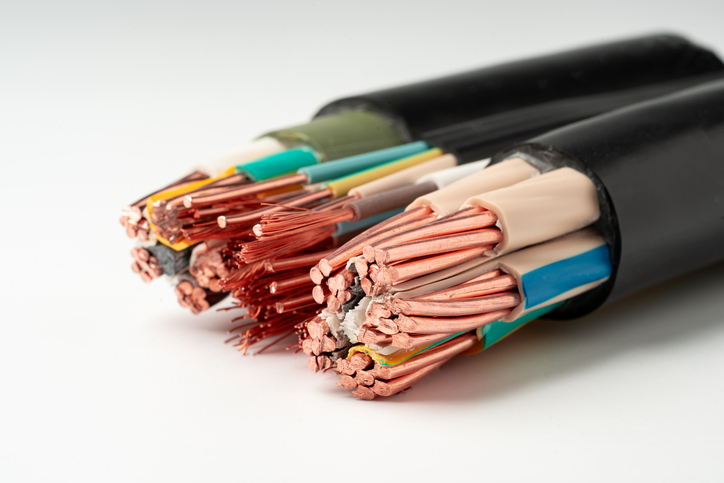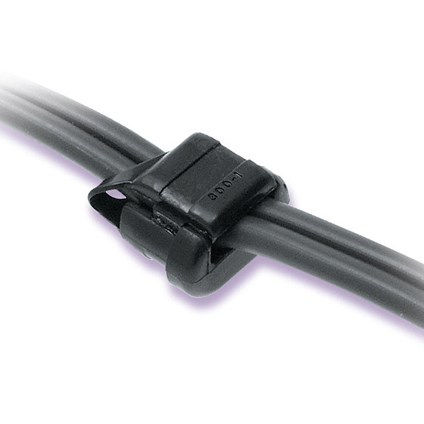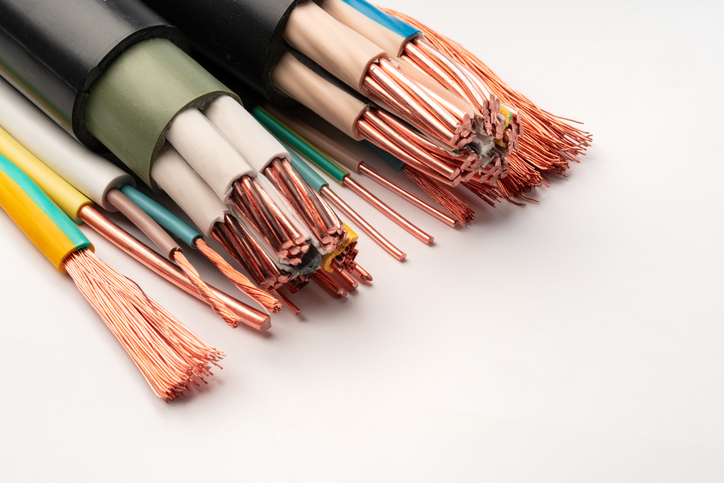Tape Cable
The Ultimate Guide to Tape Cable: Benefits, Applications, and Installation
Tape cable, also known as flat cable, flat conductor cable (FCC), flat flexible cable, and laminated cable, is a versatile and increasingly popular choice for electronic interconnections. Comprising two or more parallel conductors encased in insulating material, tape cable offers numerous advantages over traditional round cables. In this guide, we will explore the benefits, applications, and installation techniques for tape cable, highlighting why it is becoming a preferred solution in various industries.
Cost-Effective Installation
One of the most compelling benefits of tape cable is its cost-effectiveness. Tape cable installation can result in savings of 35% to 50% compared to conventional round cables. This is due to more efficient handling and termination processes, the elimination of wiring errors, and increased reliability. In some cases, even greater savings can be achieved, making tape cable an economically advantageous choice for many applications.
Simplified Termination
Tape cable allows for the simultaneous termination of all conductors, streamlining the installation process. Stripping all conductors can be accomplished in a single operation, further reducing labor costs and time. This efficient termination system contributes to the overall cost savings and ease of use associated with tape cable.
Extreme Flexibility
Tape cable is known for its exceptional flexibility, making it easy to fold and bend around small radii. This flexibility is particularly beneficial for applications involving movable or rotational equipment, as the cable can be supplied in self-retracting accordion-folded or coiled configurations. This adaptability ensures reliable performance in dynamic environments.
Space and Weight Reduction
The design of tape cable offers significant space and weight advantages over round cables. Forces applied to flat cables are evenly distributed among all conductors, providing inherent mechanical strength. As a result, insulation thickness and conductor size can be minimized, leading to volume reductions of up to 50% and weight reductions of 5:1 to 10:1 compared to round cables. This makes tape cable an ideal choice for applications where space and weight constraints are critical.
Greater Current Carrying Capacity
Tape cable boasts a significantly larger surface-to-volume ratio than equivalent round cables, enhancing heat dissipation and resulting in lower conductor temperature rise. This increased heat dissipation capacity allows tape cables to carry greater currents (ampacity) without compromising performance.
Consistent Electrical Properties
The precise spacing of conductors in tape cable ensures uniform impedance and time delay, which provides predictable levels of capacitive crosstalk, inductive coupling, and electrical isolation. These consistent electrical properties contribute to the reliability and performance of tape cable in various electronic applications.
Increased Reliability
Tape cable offers increased reliability due to the automatic proper contact assignment provided by the registration of conductors and connectors. This feature eliminates wiring errors and ensures consistent performance, making tape cable a dependable choice for critical applications.
Simple Installation Process
The flexibility and adaptability of tape cable make it easy to install. It can be bent and folded to follow the contour of any surface and can be readily secured using clamps, adhesive, or double-faced tape. This ease of installation further enhances the appeal of tape cable for a wide range of applications.
Applications of Tape Cable
Tape cable is suitable for a variety of applications across different industries. It is commonly used in consumer electronics, medical devices, automotive systems, and industrial equipment. Its flexibility, reliability, and space-saving properties make it an excellent choice for applications where conventional round cables may fall short.
Tape cable offers numerous advantages, including cost-effective installation, efficient termination, extreme flexibility, space and weight reduction, superior electrical performance, increased reliability, and easy installation. These benefits make tape cable an ideal choice for a wide range of electronic interconnection applications. As industries continue to seek efficient and reliable solutions, tape cable stands out as a versatile and advantageous option. Explore the possibilities and shop for tape cable to enhance your electronic systems today or contact IEWC to learn more.
Related Resources

What is a Cable?
Cable, or cabling, consists of the twisting together of two or more insulated conductors.Learn More
Flat Cable
Although flat jacketed cable can be constructed from the same range of wire types as those used in ribbon cable, in practice this configuration is usually restricted to vinyl insulated wires and vinyl jackets.Learn More
Twisted Component Cable Constructions
Cables composed of twisted components generally have better flexibility characteristics than parallel conductor cables.Learn More


